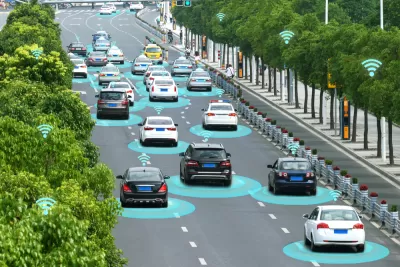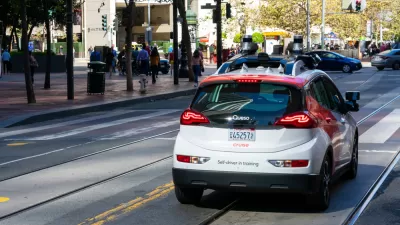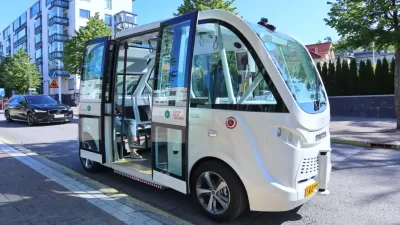Autonomous vehicle technology assumes that partial automation, where people are in control of vehicles at varying levels, is feasible. But research shows this is not how humans behave.

Bob O’Donnell writes about delays in the development of autonomous vehicle technology. One issue, he says, is that the current system of automation levels, which range from no automation at Level 0 to full automation at Level 5, do not adequately account for human nature.
This range assume that vehicles can be semiautonomous, as reflected in Levels 2-4, where people are always ready to take control. "But people don’t behave that way in the car. They either they pay attention, or they don’t," says O’Donnell.
He argues that a two-category distinction, assisted or autonomous, more accurately captures human behavior and would help with the long-term development of this technology.
"Full-throated advocates of full vehicle autonomy may decry any further delays to an autonomous driving world, but simplifying and focusing car technology developments into two simple categories is a safer and more realistic choice for the long term. Anything in between isn’t only impractical, it’s dangerous," says O’Donnell.
FULL STORY: How the race to autonomous cars got sidetracked by human nature

Alabama: Trump Terminates Settlements for Black Communities Harmed By Raw Sewage
Trump deemed the landmark civil rights agreement “illegal DEI and environmental justice policy.”

Planetizen Federal Action Tracker
A weekly monitor of how Trump’s orders and actions are impacting planners and planning in America.

The 120 Year Old Tiny Home Villages That Sheltered San Francisco’s Earthquake Refugees
More than a century ago, San Francisco mobilized to house thousands of residents displaced by the 1906 earthquake. Could their strategy offer a model for the present?

In Both Crashes and Crime, Public Transportation is Far Safer than Driving
Contrary to popular assumptions, public transportation has far lower crash and crime rates than automobile travel. For safer communities, improve and encourage transit travel.

Report: Zoning Reforms Should Complement Nashville’s Ambitious Transit Plan
Without reform, restrictive zoning codes will limit the impact of the city’s planned transit expansion and could exclude some of the residents who depend on transit the most.

Judge Orders Release of Frozen IRA, IIJA Funding
The decision is a victory for environmental groups who charged that freezing funds for critical infrastructure and disaster response programs caused “real and irreparable harm” to communities.
Urban Design for Planners 1: Software Tools
This six-course series explores essential urban design concepts using open source software and equips planners with the tools they need to participate fully in the urban design process.
Planning for Universal Design
Learn the tools for implementing Universal Design in planning regulations.
Clanton & Associates, Inc.
Jessamine County Fiscal Court
Institute for Housing and Urban Development Studies (IHS)
City of Grandview
Harvard GSD Executive Education
Toledo-Lucas County Plan Commissions
Salt Lake City
NYU Wagner Graduate School of Public Service





























